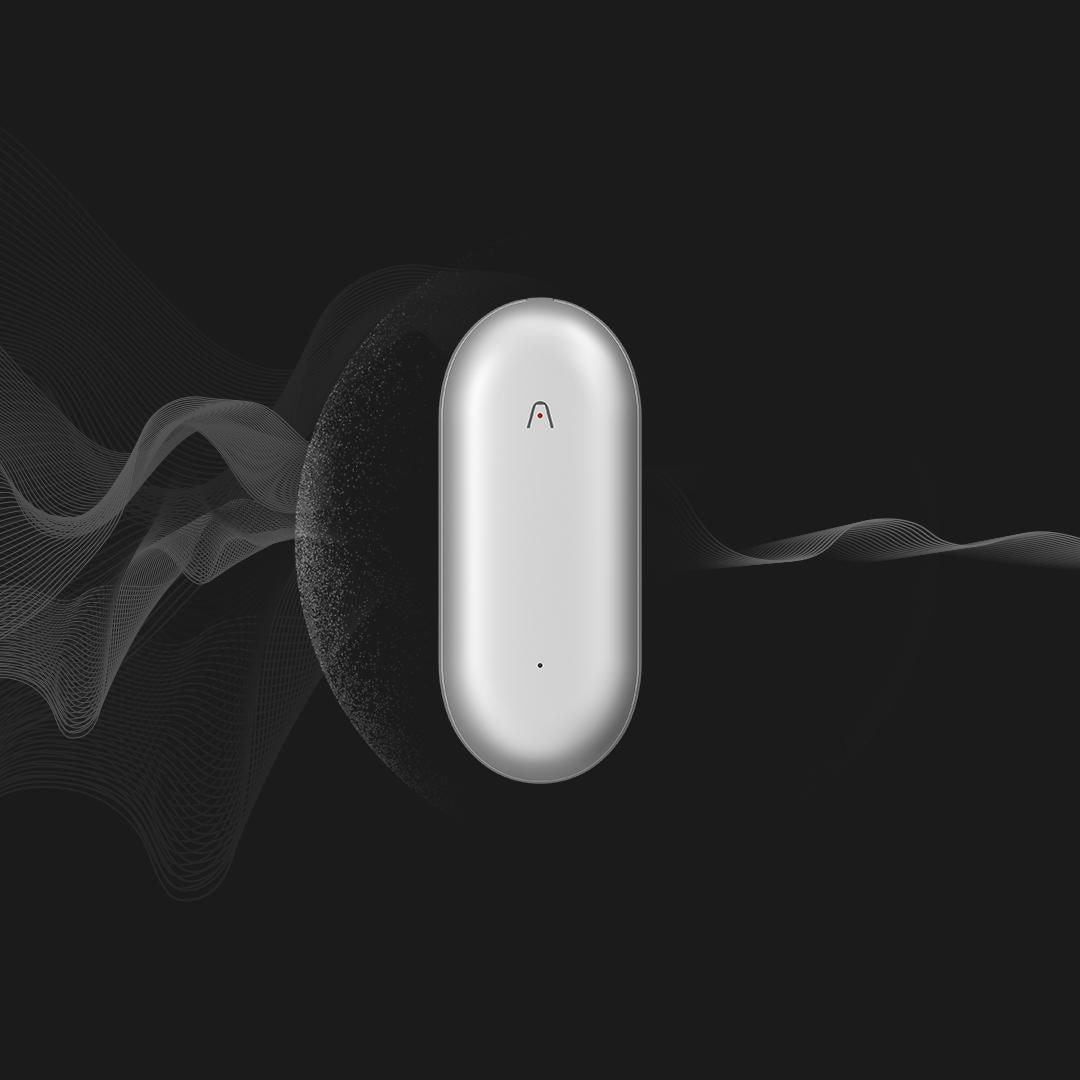Unlock Your Best Note-Taking Experience with These Must-Try Devices!
In today’s fast-paced world, effective note-taking is essential, whether you're a student in a lecture, a professional in a meeting, or someone trying to organize personal thoughts and goals. The evolution of note-taking devices has transformed the way we capture and retain information, allowing for greater efficiency and organization. From traditional pen and paper to cutting-edge digital tools, the significance of choosing the right device cannot be overstated. A suitable note-taking device enhances productivity, helps structure ideas clearly, and ensures that important information is readily accessible when needed.

Types of Note-Taking Devices
There are two primary categories of note-taking devices: digital devices and traditional tools. Digital devices encompass tablets, laptops, and smartphones, which offer the convenience of instant access, easy editing, and the ability to sync notes across multiple platforms. For instance, many digital devices come equipped with applications that allow for the recording of audio alongside notes, making it easier to capture lectures or meetings in their entirety. However, they can sometimes suffer from battery life issues and a learning curve for users unfamiliar with technology.
On the other hand, traditional tools like notebooks and pens provide a tactile experience that many find beneficial for memory retention. Writing by hand can enhance learning and comprehension, as it forces the brain to engage more actively with the material. Nevertheless, traditional note-taking lacks the organizational capabilities of digital devices, such as easy searchability and the capacity for multimedia integration. Each type of device has its advantages and disadvantages, and the choice often boils down to personal preferences and specific use cases.
Key Features to Consider
When selecting a note-taking device, several key features should be considered. Portability is crucial, especially for students or professionals who often move between locations; a lightweight device can make a significant difference. Battery life is another important factor—there’s nothing worse than running out of power during an important meeting or class. Ease of use is also vital; the device should be intuitive enough to allow for quick note-taking without a steep learning curve. Additional functionalities, like voice recording capabilities or handwriting recognition, can enhance the note-taking experience by providing more versatile options for capturing information. Ultimately, the right combination of features will depend on individual needs and preferences.
Popular Note-Taking Devices and Their Uses
Several devices stand out when it comes to optimal note-taking. For instance, tablets with touchscreen capabilities and stylus support have gained popularity among students and professionals alike. These devices allow users to write and draw directly on the screen, closely mimicking the experience of writing on paper while providing the benefits of digital storage and organization. Many come equipped with powerful applications that integrate seamlessly with other tools for productivity and project management.
Another popular option is the digital notebook, which combines the traditional feel of pen and paper with the convenience of digital technology. This device allows users to write notes by hand, which are then digitized for easy access and storage. Such devices often include features that enable users to search handwritten notes, making it easy to locate important information quickly.
For those who prefer a more classic approach, high-quality notebooks paired with reliable pens can be invaluable. While they may lack the technological advantages of digital devices, the act of writing by hand can be more engaging and beneficial for learning. Additionally, many people enjoy the satisfaction of physically flipping through pages and reviewing their notes. Each of these devices serves different user groups, catering to various needs and preferences, thus showcasing the diversity available in the market.
Tips for Optimizing Your Note-Taking Experience
To make the most out of your note-taking device, consider implementing a few practical tips. First, organize your notes systematically; using headings, bullet points, and color coding can help structure information clearly, making it easier to review later. Synchronizing your notes with cloud services is also essential, as it provides a backup and allows access from multiple devices, ensuring that your notes are never out of reach.
Furthermore, regularly reviewing your notes can reinforce learning and retention. Set aside time each week to go over your notes, summarize key points, and add any additional thoughts or insights. This practice not only solidifies your understanding but also keeps the information fresh in your mind. By utilizing these tips, you can enhance your note-taking experience and ensure that you’re getting the most out of your chosen device.
Maximizing Your Note-Taking Potential
In summary, choosing the right device for note-taking is pivotal in enhancing productivity and organization. With various types of devices available, from traditional notebooks to advanced digital tools, it’s important to consider individual needs and preferences when selecting a device. Evaluating key features, understanding the specific advantages of different devices, and optimizing your note-taking practices can significantly improve your overall experience. By exploring the options available and finding a device that suits your style, you can unlock the full potential of your note-taking endeavors.
